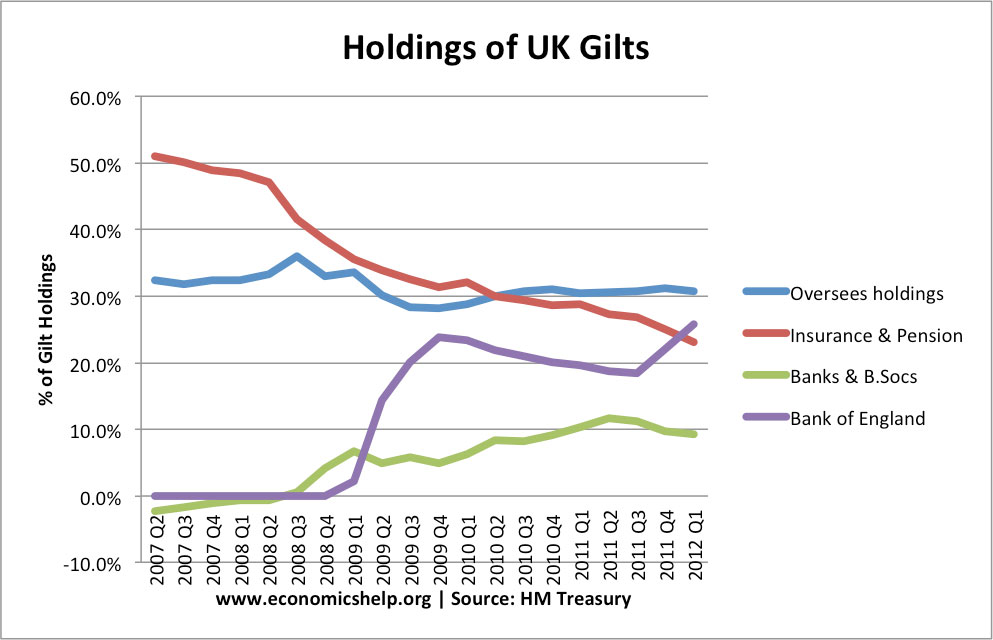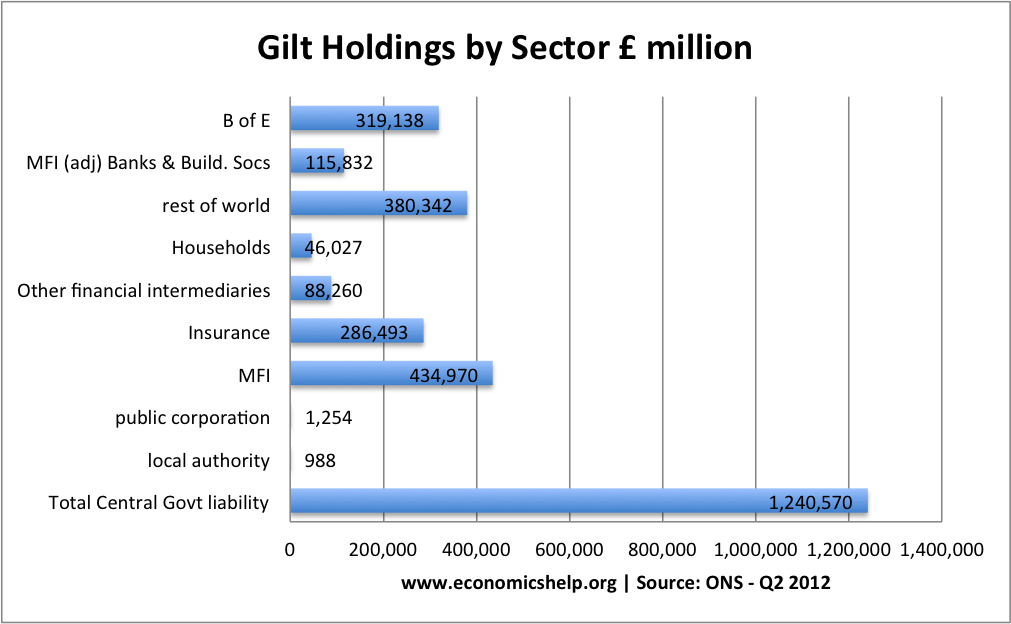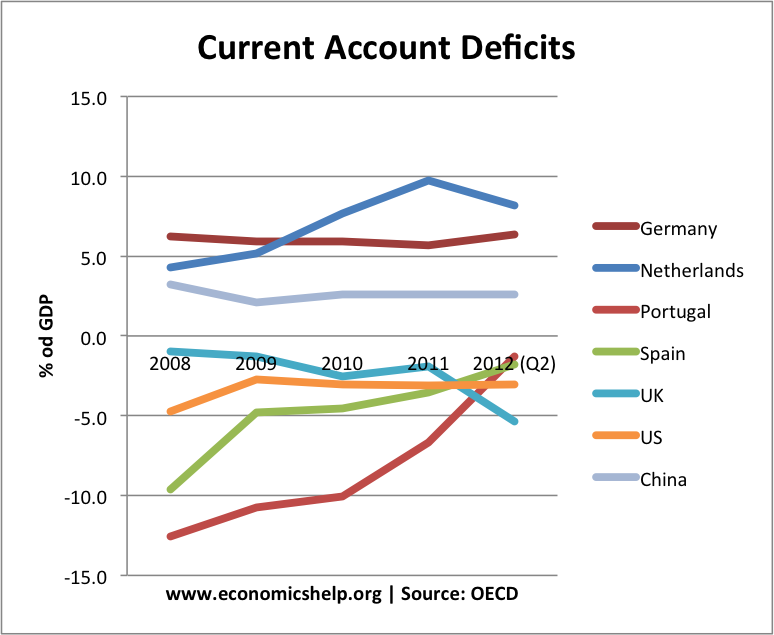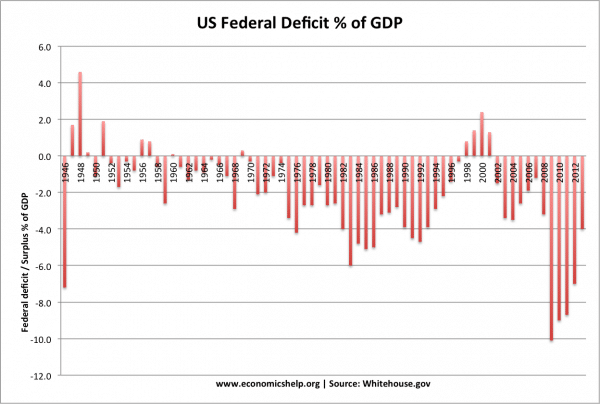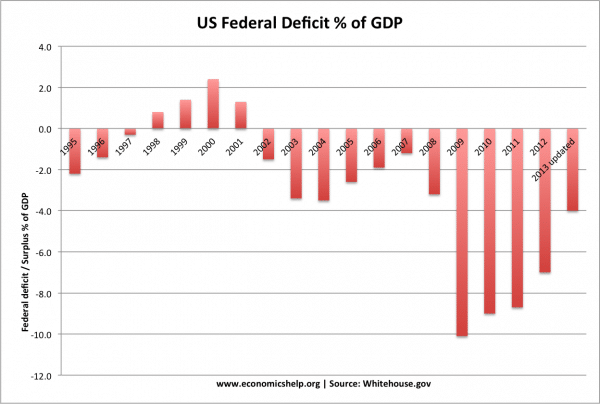Several readers questions on the economy, such as different types of economic systems and the role of money and the economy.
Jarrow crusade in the 1930s – resulting from a failure of the economic system and mass unemployment.
1. What is an economic system?
An economic system is the general way that an economy is set up. For example, it could be free market (no government intervention) or at the other extreme a Command economy (Communist). In a communist economy the government decides what to produce, how to produce and for whom. In a free market, the economic system leaves it up to individuals and firms to decide what to produce.
2. What are the different types of economic systems?
Free market, | Mixed economies | Command economies
3. What is the largest importing country?
US, China (Largest importers)
4. What is the largest exporting country?
China $ 2,057bn, then US, Germany and Japan. See CIA databook
5. Why is money important for the world?
Money has many functions. See Functions of money Essentially money enables firms and consumers to make transactions. For example, firms pay workers wages. Workers can then use their money to buy goods and services. Using money which is universally accepted is more practical than a barter economy (e.g. swapping a potato for a chicken) Money also enables us to put a value on goods and services and borrow money.
6. Why is the economy important for the world?
The economy determines living standards; it determines how much a country can spend on health and education. Countries which experience economic crisis tend to experience political crisis too. e.g mass unemployment can lead to the rise of political extremism. Economic stability can enable a more peaceful world.
7. Does money make people greedy?
Money can make people greedy. But, it really depends on the person. If you look at the behaviour of certain monopolists (e.g. capitalist class who paid very low wages to workers and made their workers do long hours in dangerous conditions) it seems some people can become greedy for more money, even if it means reducing the quality of life for the people working for them) But, other business owners, like Robert Owen, put the welfare of his workers above making profits. Even the great US monopolists, like Rockefeller, Carnegie J.P.Morgan and Bill Gates became philanthropists later in life – giving away large parts of their monopoly profit.
Read more
